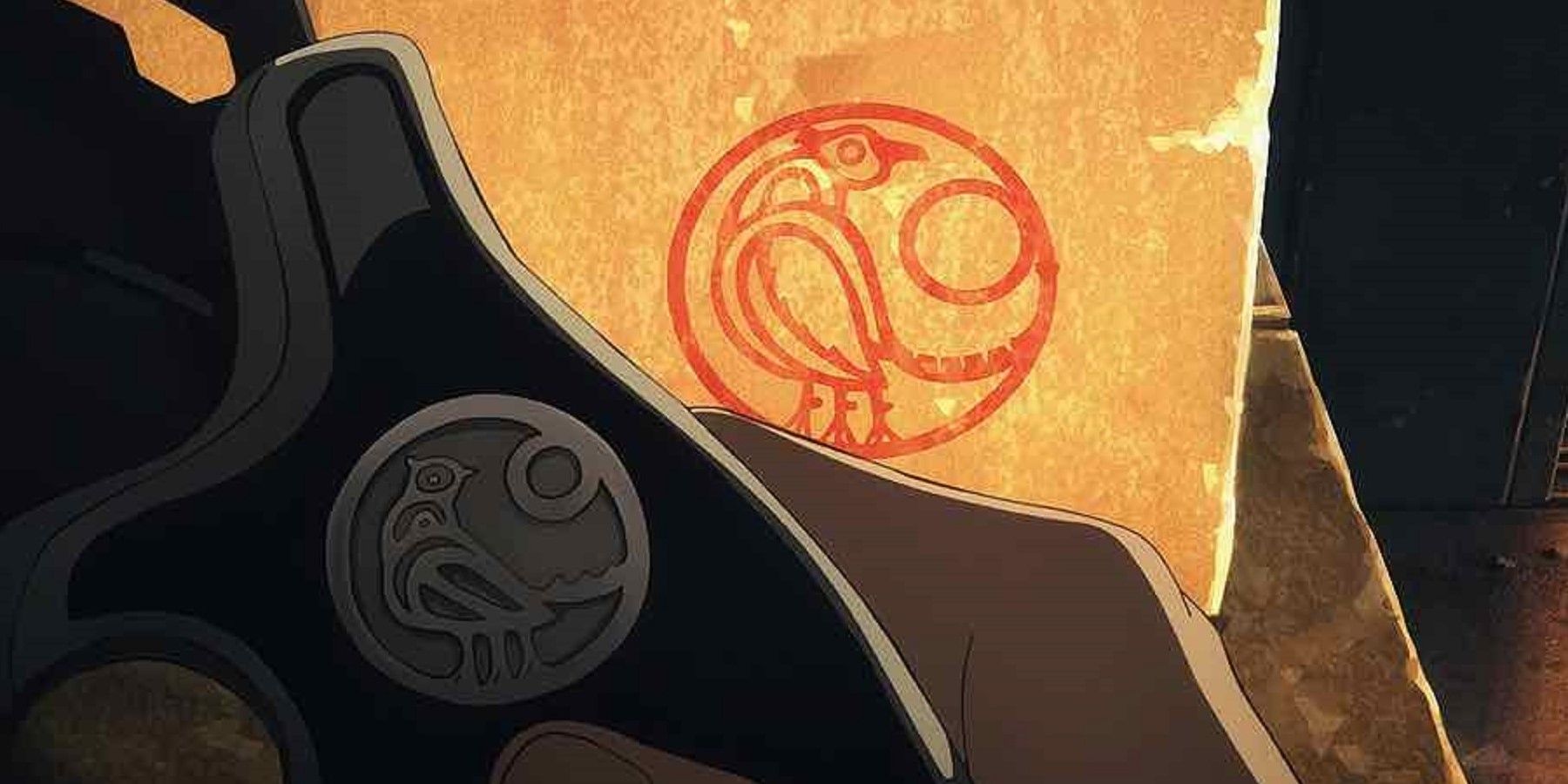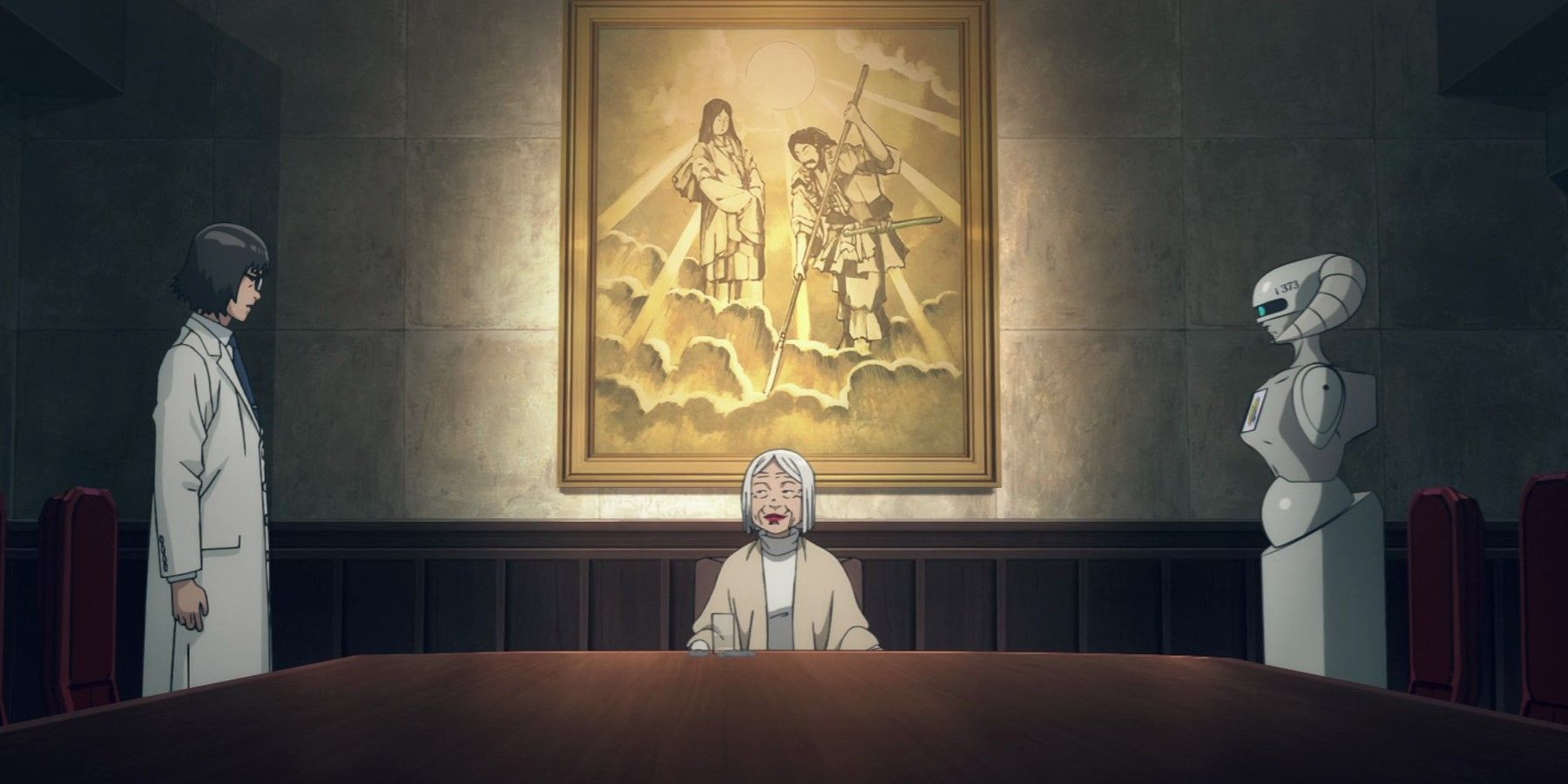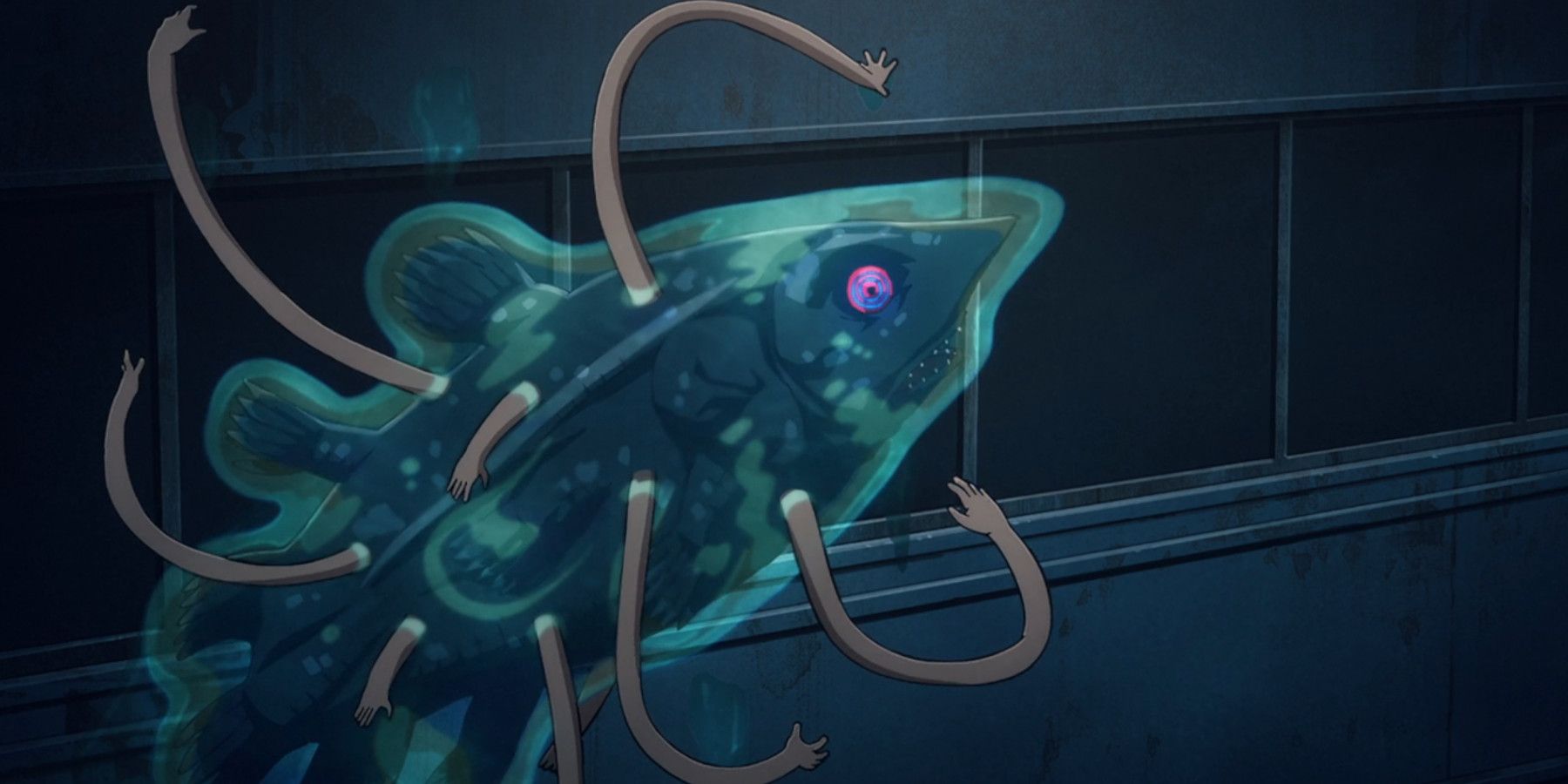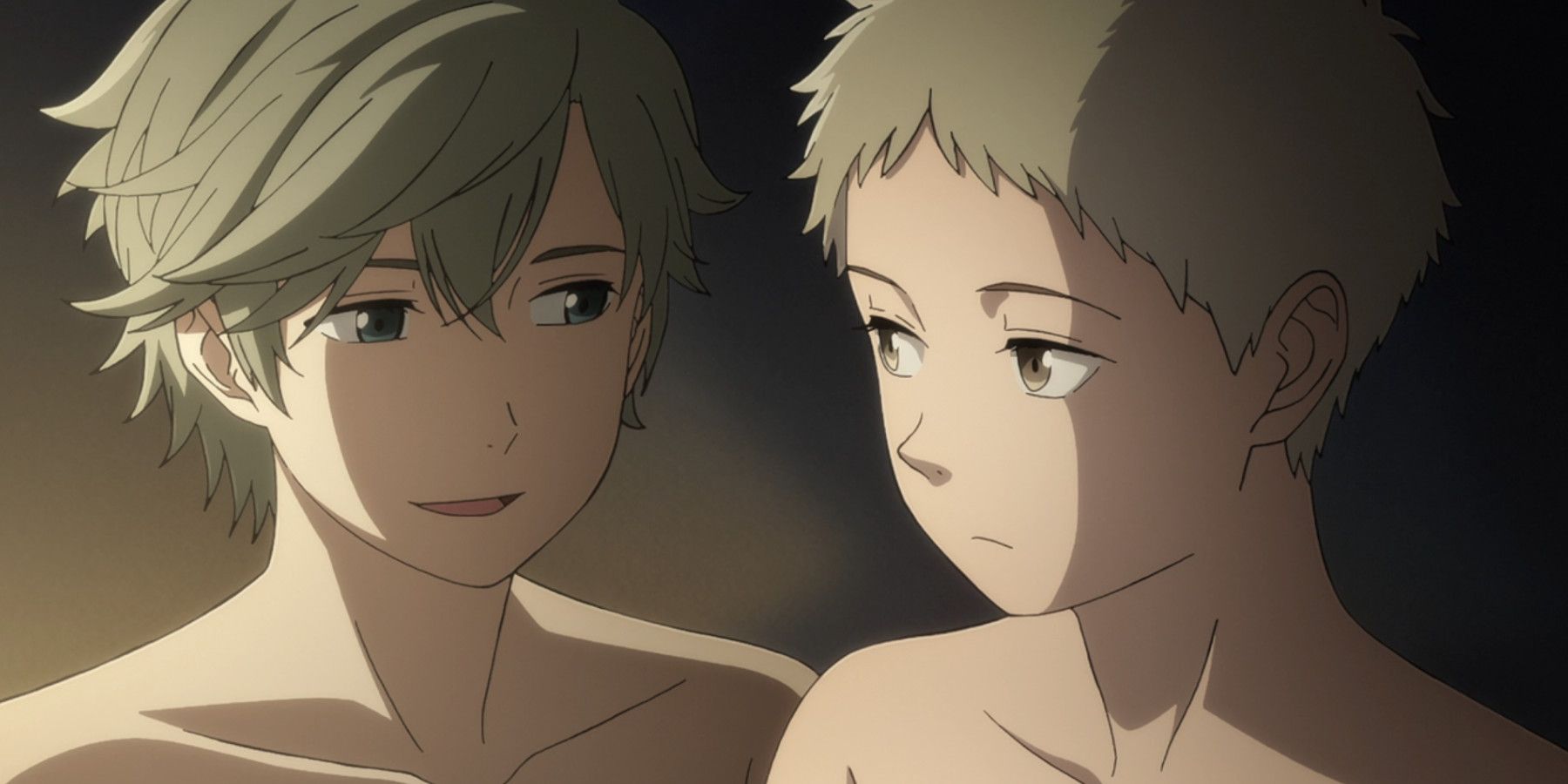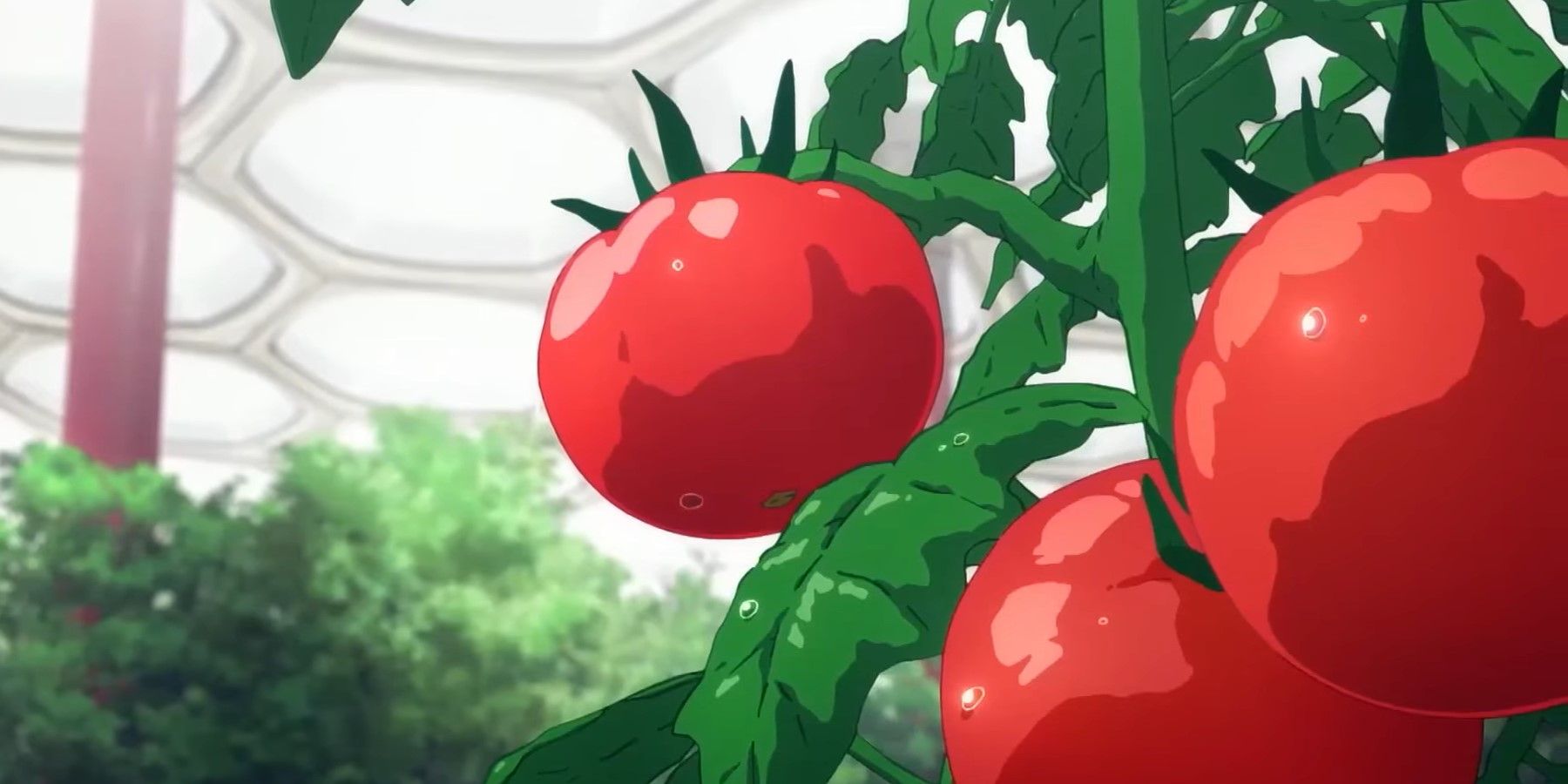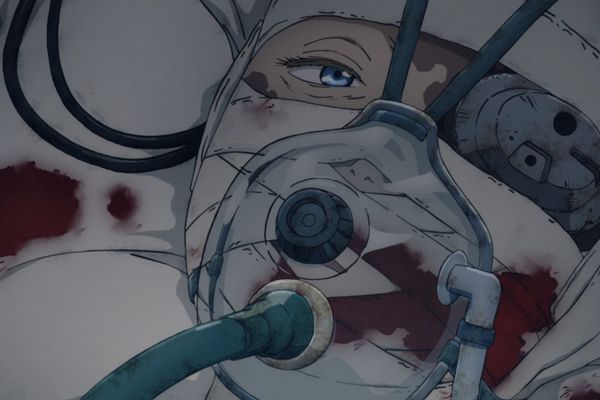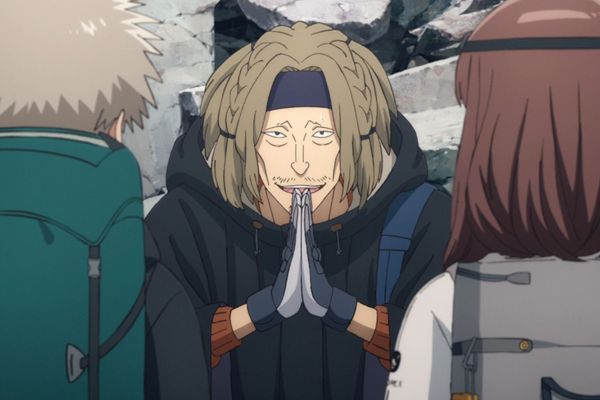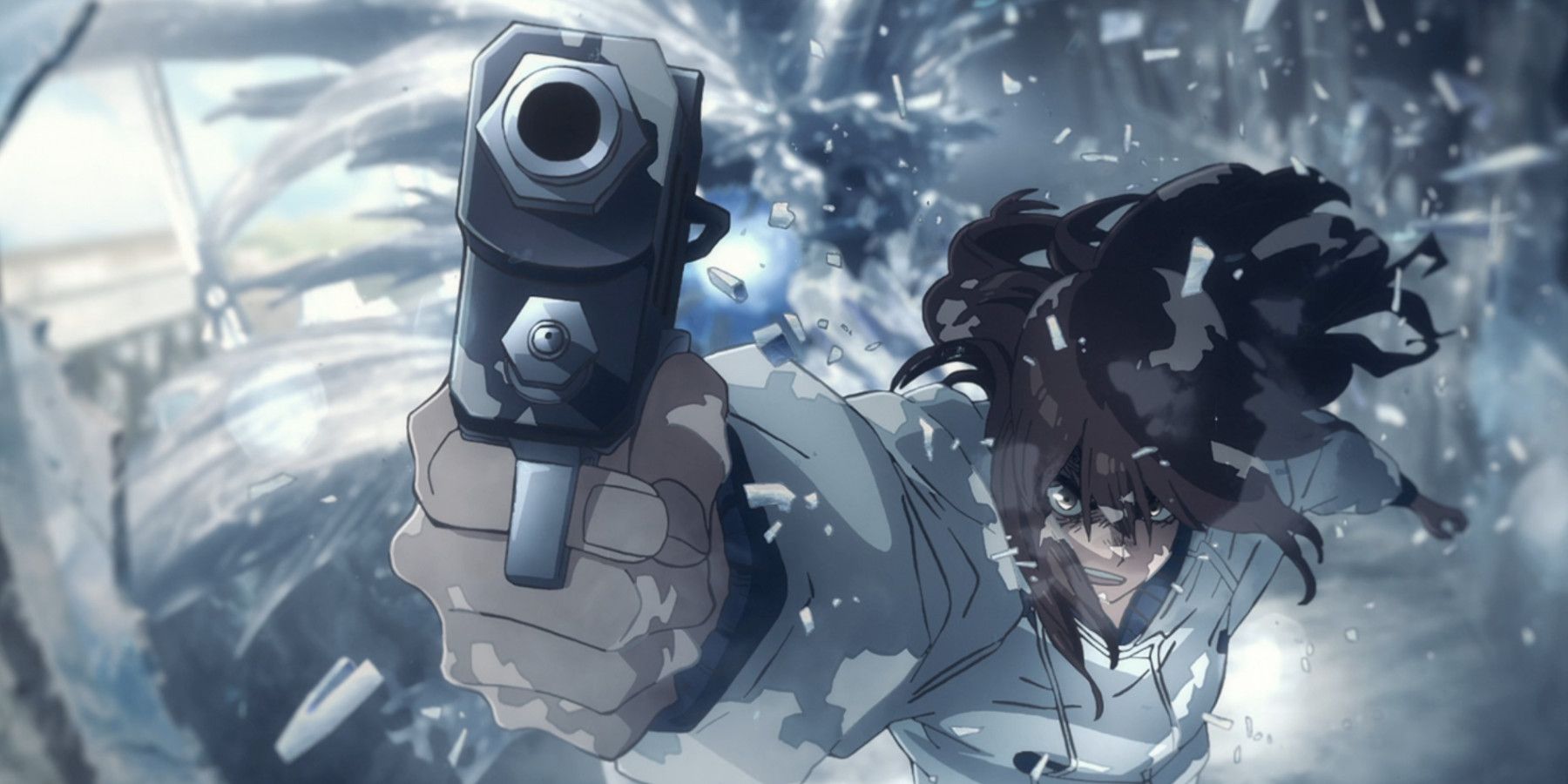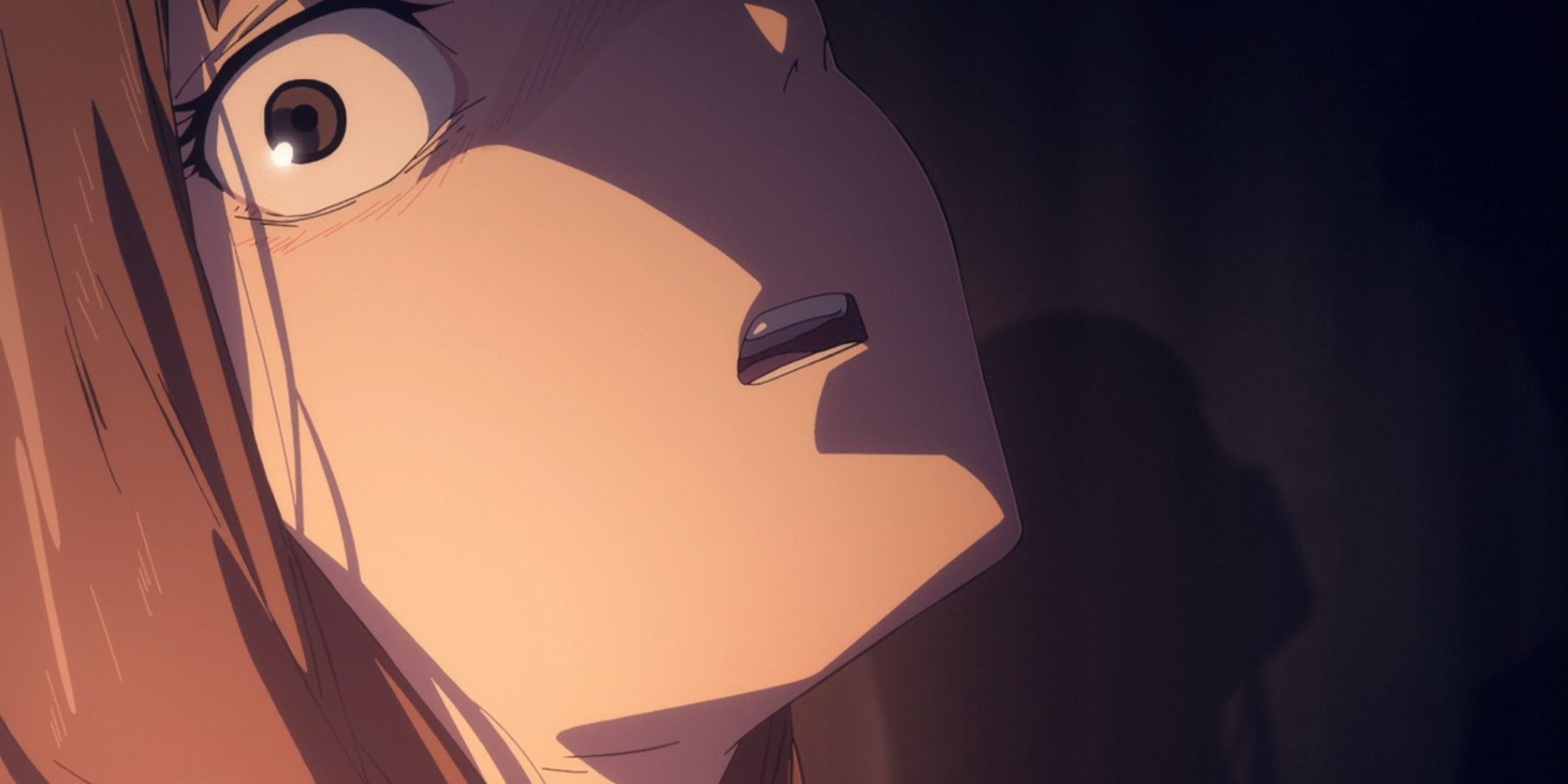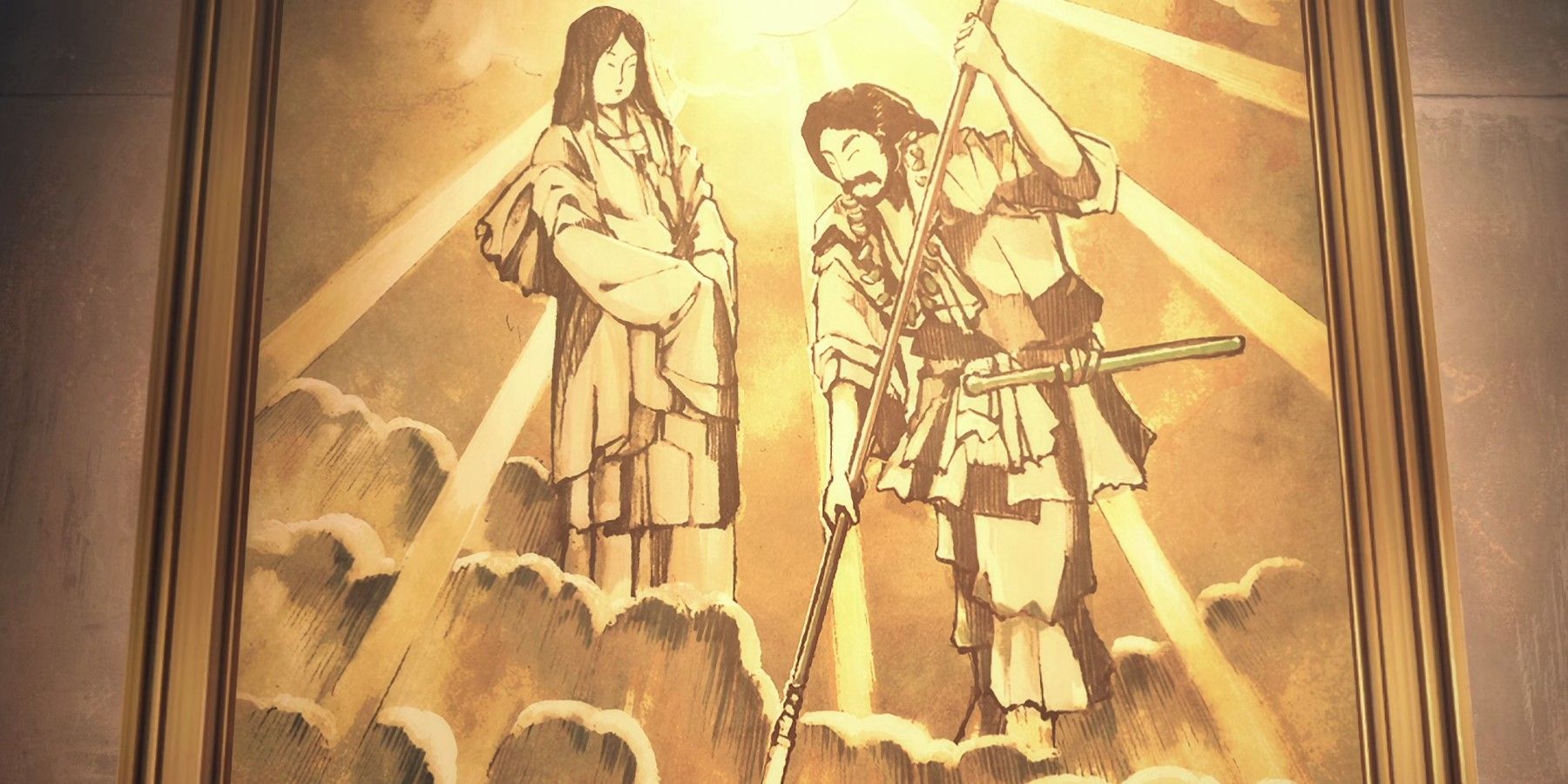
The Enchanting World of Japanese Mythology Unveiled in Heavenly Delusion+

Discover the captivating allure of Japanese mythology in Heavenly Delusion Immerse yourself in a narrative rich with heavenly references and intricate iconography, as the birth of death and the meeting of heaven and earth unfold Prepare to be enchanted
The narrative of Heavenly Delusion has been an exhilarating and perplexing rollercoaster ride. Throughout its run, this series has captivated viewers with its exceptional storytelling and stunning animation. The story revolves around the intertwined journey of Kiriko and Maru, set against the backdrop of a post-apocalyptic world. As they navigate this desolate landscape, their ultimate destination remains unknown. Simultaneously, the series introduces us to a group of exceptionally gifted children residing in what appears to be a utopian institution.
From the very beginning, the series offers glimpses of mythological inspiration through the presence of the "Hiruko" monstrosities, as referred to by Kiriko and Maru. However, as the plot unfolds over the Spring season, Heavenly Delusion delves deeper into this mythological realm. In episode 12, the parallels to Japanese mythology become overt as the once serene "paradise" faces a grave crisis. Yet, rather than providing answers, the subsequent events leave us with even more unanswered questions.
– Content Advisory: Some of the material discussed contains ableist rhetoric. –
Basic Context
Yatagarasu Three-Legged Crow – Heavenly Delusion Episode 2
Just like any other mythologies, Japanese mythology has different interpretations that vary depending on the source. The two main texts, the Kojiki (712 CE) and the Nihon Shoki (720 CE), present some discrepancies in their accounts of the origins of heaven, Earth, and the Japanese archipelago. The creation myths also serve the purpose of tracing the imperial lineage back to Emperor Jinmu, who is the legendary mythological founder of Japan and the son of the Sun Goddess, Amaterasu Ōmikami. Amaterasu Ōmikami is often referred to as "Amaterasu" or "The Great August Goddess Who Augustly Shines in Heaven." Similar to most mythological figures, Amaterasu has various names. For this deep-dive, the name Ōhirume no Muchi, meaning "Great Lady of the Sun," is of utmost importance.
Heaven and Earth Meet
Director, Sawatari and Mina – Heavenly Delusion Episode 12
At the dawn of time, the Kotoamatsukami, also known as the "distinguishing heavenly deities," including Ame-no-Minakanushi, Takamimusubi, and Kamimusubi, emerged as ancient beings during the creation of the universe - the period when Takamagahara (Heaven) and Earth came into existence. Following the formation of the universe, the Kamiyonanayo, a series of seven generations of deities, came forth, culminating in the divine pair Izanami-no-Mikoto (known as "She Who Invites") and Izanagi-no-Mikoto (referred to as "He-Who-Invites" or "Izanaki"). These two are regarded as the original ancestors of the Japanese pantheon. Equipped with the legendary naginata named Amenonuhoko, bestowed upon them by their elder siblings, Izanami and Izanagi stood upon the bridge connecting heaven and Earth. Through their actions, they divided the land and sea, creating the landmass known as Onogoro and the islands of the Japanese archipelago. Descending from the celestial bridge, they settled on the island and erected a "heavenly pillar" near their abode. To commemorate their union, they performed a marriage ritual, circling around the pillar in opposite directions and choosing to procreate when they met on the other side.
The Resulting Leech
The monsters in Heavenly Delusion, initially associated with the Takahara Academy, are referred to as "Hiruko" by Maru and Kiriko. Maru's previous guardian had given them this name. The eerie circular pattern on the faces of the unsettling babies corresponds to the circular "eyes" of the various Hiruko seen throughout the series. This pattern, resembling the astrological symbol for the sun, is also visible in Mina's chamber. Another subtle hint linking the children and the monsters is the extraordinary abilities or unique traits exhibited by each child, surpassing what is considered natural.
A glimpse into Kona's unsettling childhood sheds light on his telepathic powers and traumatic experiences, such as witnessing his sister's final moments. Additionally, Kona's drawings often depict the very monsters that exist in the outside world. These connections further solidify the link between the children and the Hiruko. The revelation comes in the final episode when a tragic incident causes the collapse of Takahara Academy, revealing it to the outside world. The children are informed that they are being tested and must venture outside. Interestingly, the children themselves claim to hear the word "Hiruko" and feel a deep connection to this name, as if it is their true identity. When Izanagi and Izanami decided to have children, they faced an issue due to the order of their greetings. Despite this, they proceeded, resulting in the birth of the "deformed children," including Awashima and the notable Ebisu, also known as Hiruko.
The Birth of Death
Izanami and Izanagi deemed their children imperfect and set them adrift on reed boats. They repeated their courtship ritual, resulting in the birth of various islands in the Japanese archipelago and the deities inhabiting them. Tragically, Izanami dies while giving birth to the fire kami Kagutsuchi, who is then ruthlessly murdered by a grieving Izanagi. Izanagi fragments his newborn son into eight pieces, creating eight volcanoes and multiple deities, including the thunder god Takemikazuchi. This chaos, along with the remains of Kagutsuchi and his mother, as well as Izanagi's tears, gives rise to more deities. Kagutsuchi's birth marks the end of the creation era, signaling the arrival of death. Motivated by the desire to reunite with his wife, Izanagi descends into Yomi, the Japanese underworld, hoping to bring her back.
In the Underworld, Izanagi manages to find Izanami, but her face is hidden in shadows. Surprised by his arrival, Izanami informs him that she has already consumed food from the underworld's hearth, making it impossible for her to return. Determined, Izanagi insists on taking her back, but she requests that he promise not to look at her. Despite this request, he breaks his promise and lights a fire, revealing his once beautiful wife's decaying form. Izanagi flees the Underworld with Izanami in pursuit, who wrathfully curses him. He seals the entrance with a boulder and cleanses himself of impurity by performing misogi, bathing in a river. This act gives birth to several deities, including the "Three Precious Children" - Tsukuyomi, Susano'o (-no-Mikoto), and the sun goddess Amaterasu, who governs the realm of Takamagahara.
Heavenly Delusion
Tomatoes – Heavenly Delusion
The Yatagarasu symbol on Kiriko's gun in Heavenly Delusion offers the initial clue to finding "Heaven", which is Takahara Academy, as the crow logo represents the school. Yatagarasu is a divine being dispatched by Amaterasu to guide Emperor Jinmu to a location in Nara Prefecture and assume control over its mortal and divine inhabitants. Another significant link is discovered through Kona and Tokio, who have twins. However, Maru, who shares a resemblance with Tokio, is Mimihime's vision of a doppelgänger. In episode 12 of Heavenly Delusion, there is a painting depicting Izanagi and Izanami parting the sea, which parallels the collapse of the academy ceiling. Asura's name introduces a distinct yet related mythical element, referring to demons in Dharmic religions.
The sun symbol at Takahara Academy and in the eyes of the Hiruko connects the crow to Amaterasu, while the "hiru" in "Hiruko" connotes "daytime" and symbolizes the sun once again. However, there is a troubling issue with Robin Inazaki, whose name rearranged spells "Izanaki," a disturbing notion when considering his heinous actions in the last two episodes and the contents of the locked room at the plant. It is possible that the children from the facility themselves are the Hiruko, but the locked room implies the creation of horrors beyond Takahara. Another intriguing aspect is that Takahara Academy is only one syllable away from sharing the same name as Takagahara, the Plane of High Heaven in Japanese mythology. The true intersections and connections among these elements remain a mystery, but the parallels to mythology are undeniable.
